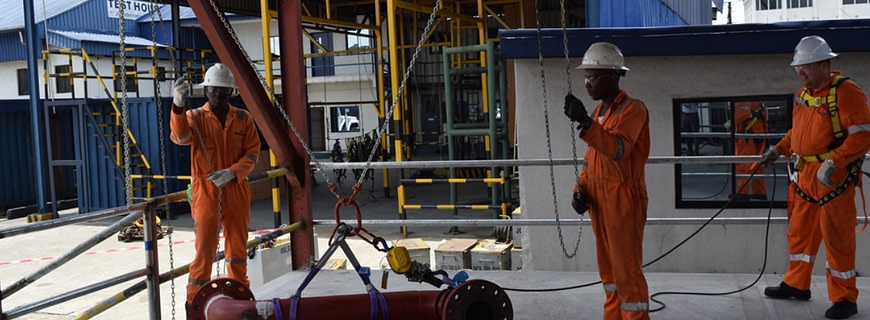RIGGER TRAINING
Comments
-
Aminu Habib Ozovehe
Iam interested in his trainning….please let me know hat it takes, incudding time, duration and cost
-
Guy Chrice Ngoma
Je suis intéressé de la formation greeur puis je avoir l’idée de la durée ainsi que le prix?
-
Guy Chrice Ngoma
Puis je avoir l’idée de la durée ainsi que le prix de la formation ?



Otu
I am interested in the rigger training course. Can you share the course duration and cost